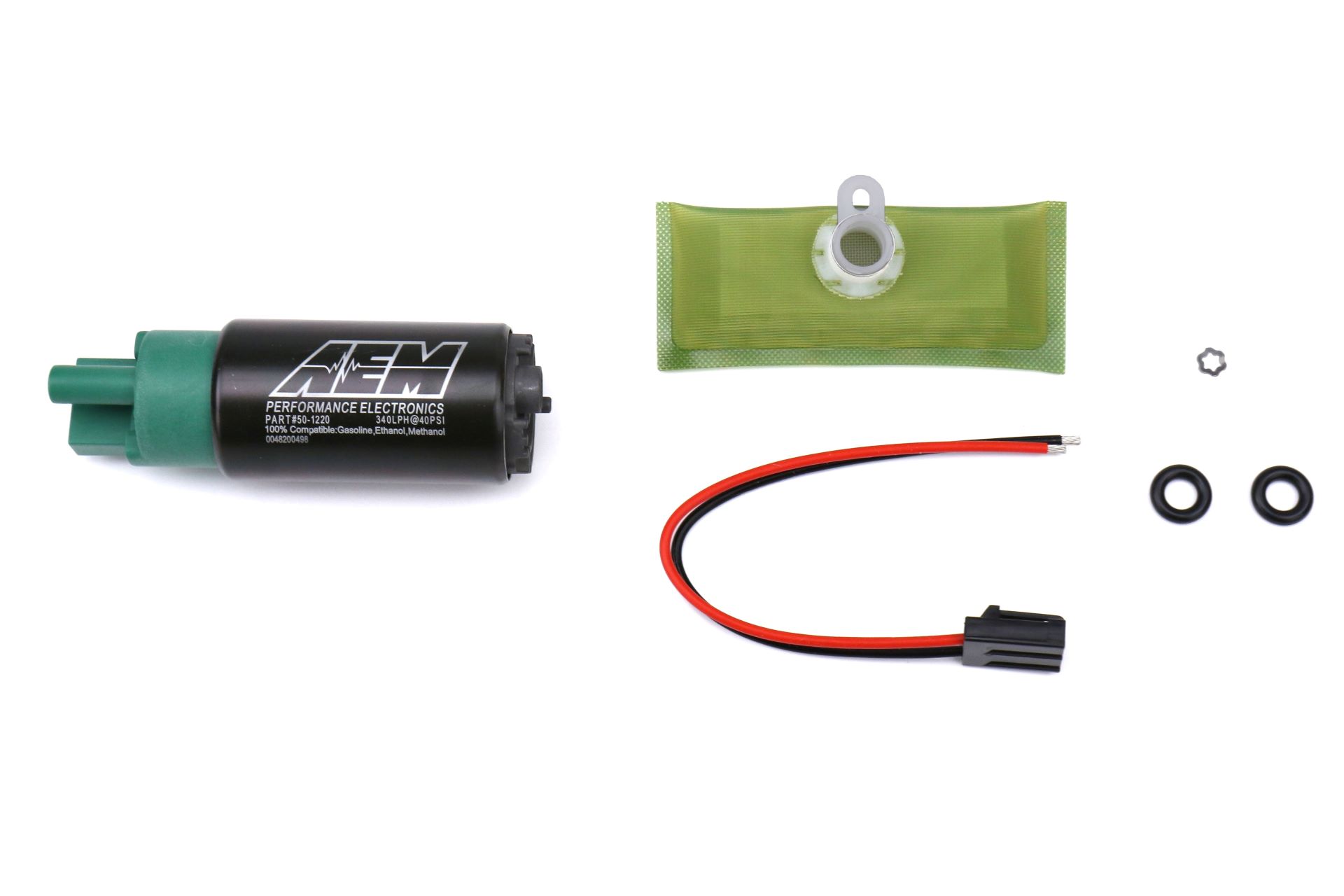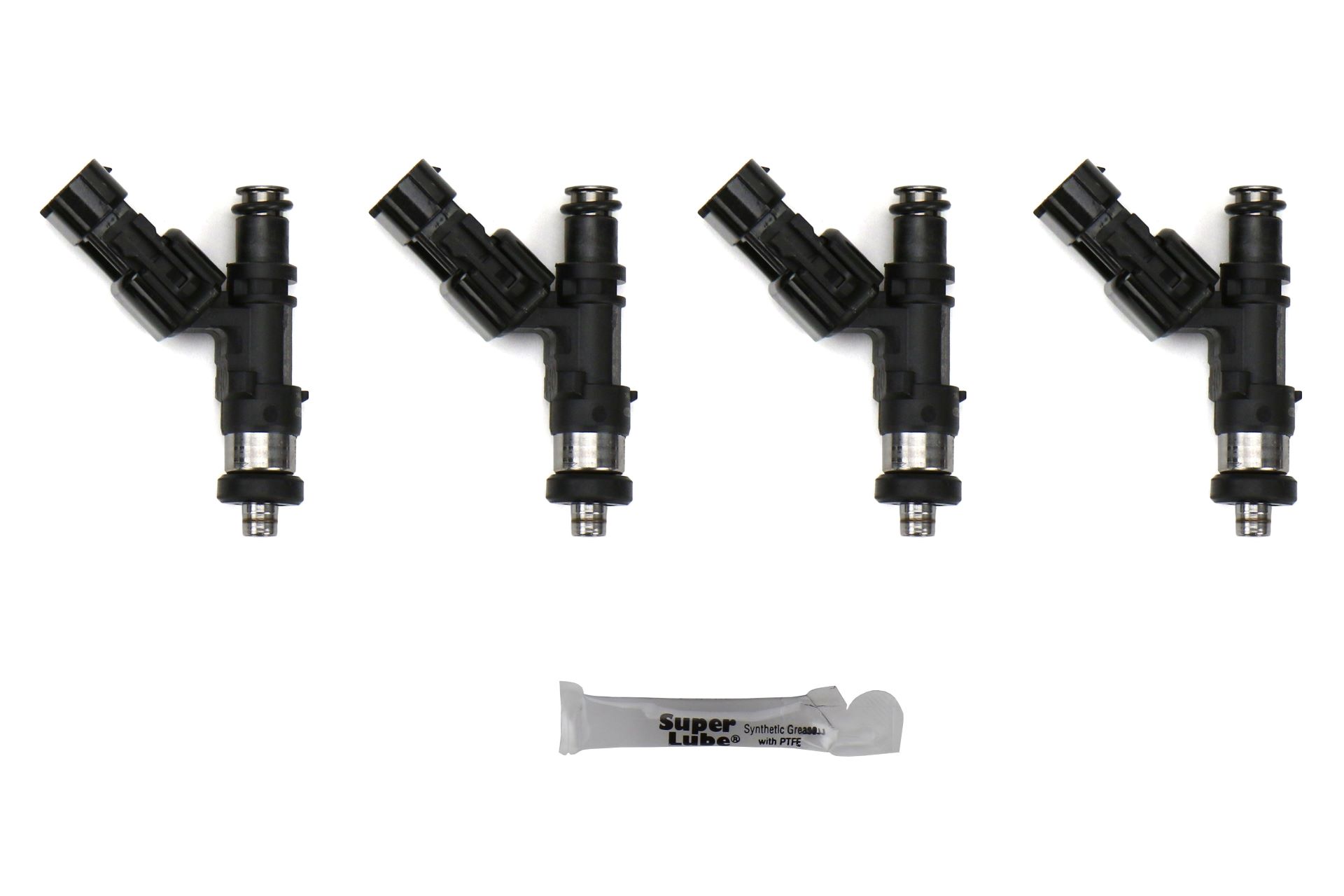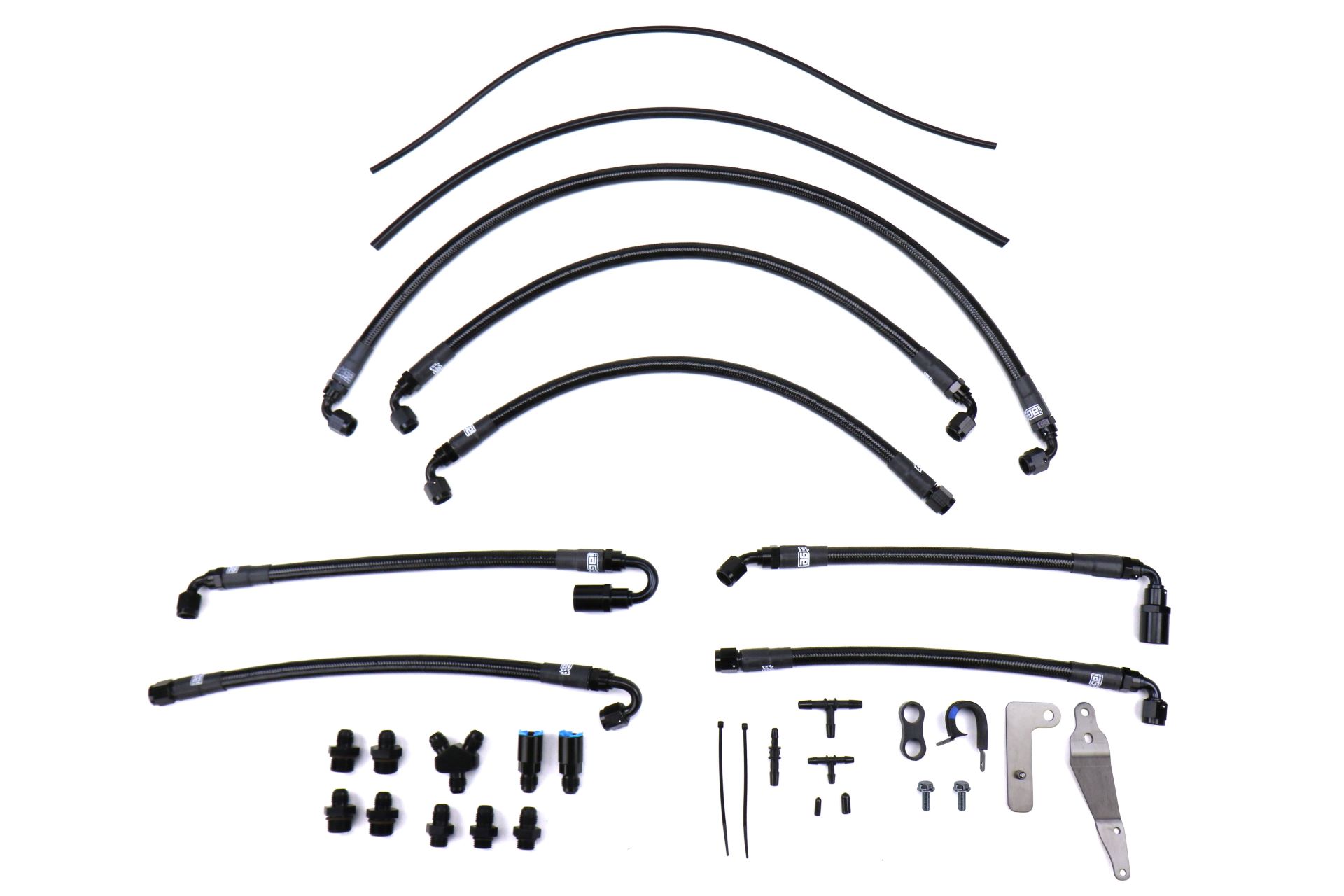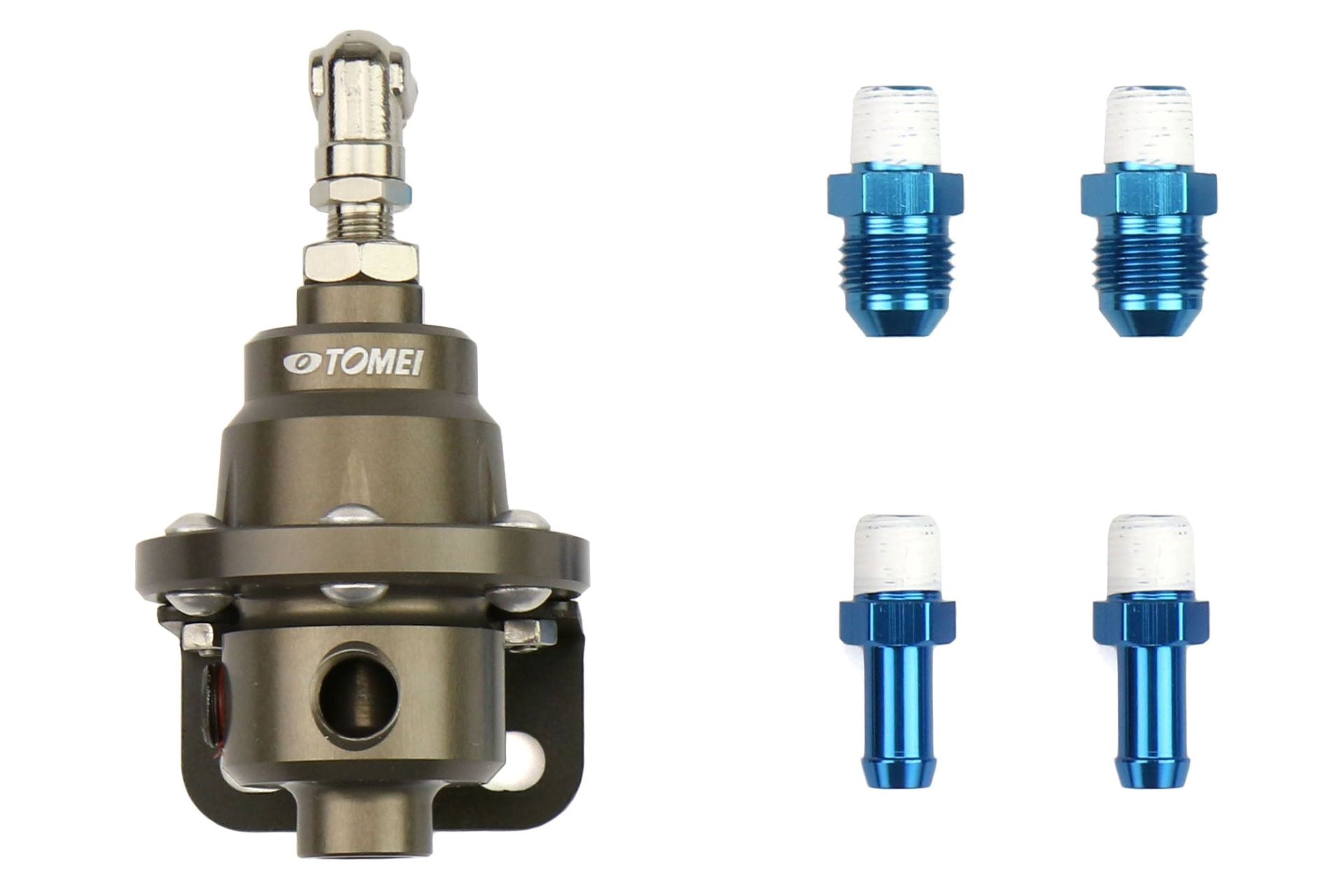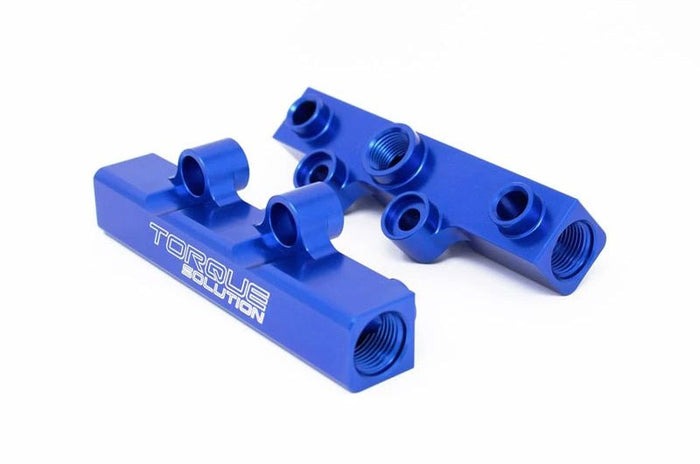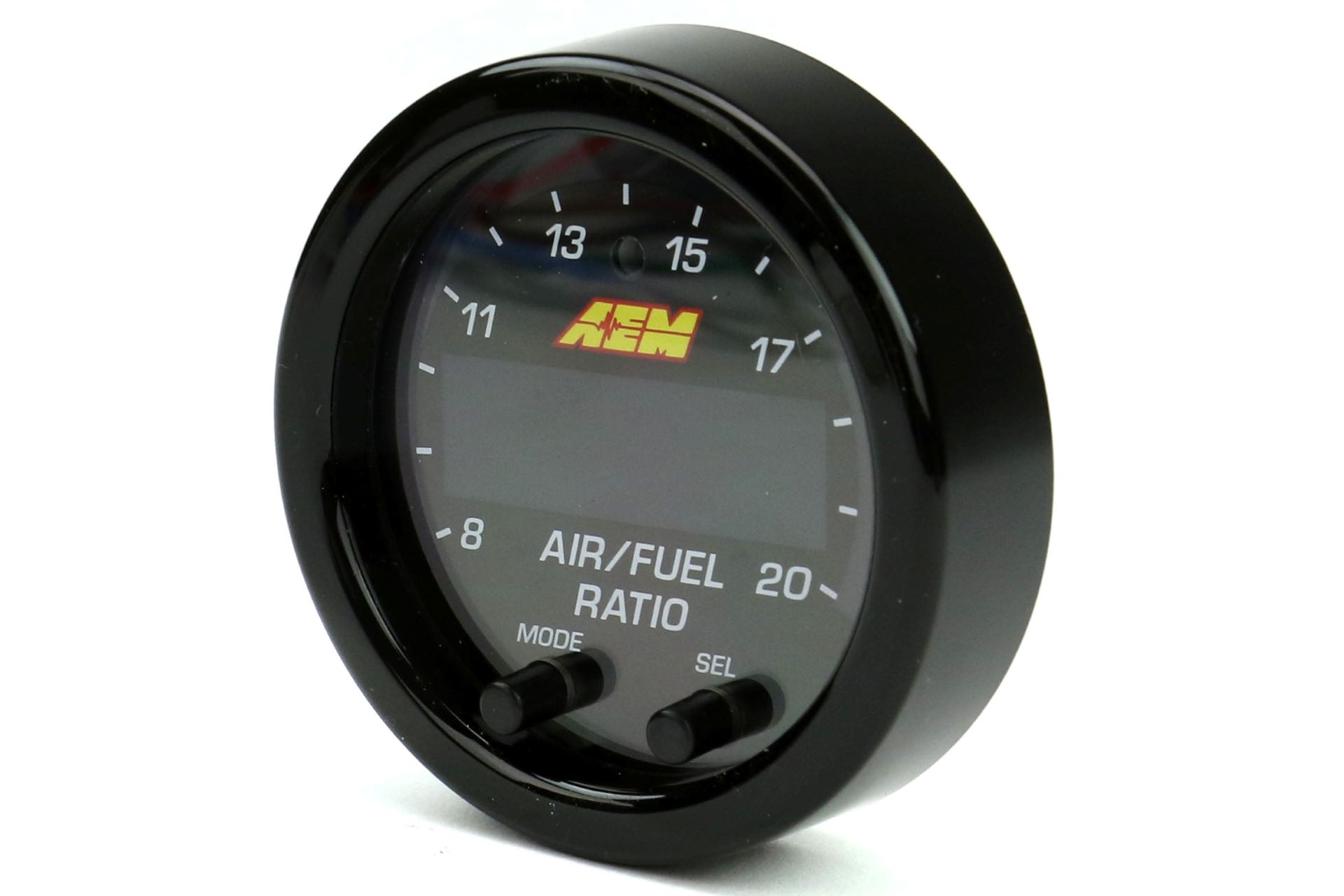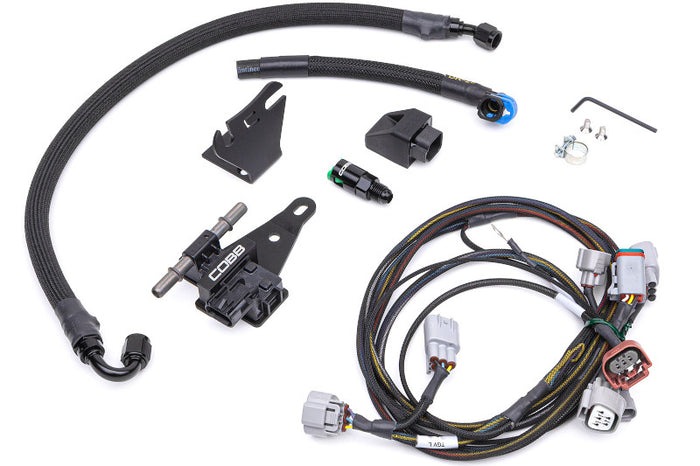Fuel System Upgrades
30 APR 2024 - Jeff Willis
If you were to go to a Subaru meet, or a car meet in general and did a survey by asking fellow enthusiasts what mod should you do first? Right off the bat, the majority of people would say that you should do an intake and exhaust, and then a tune whether it be a flash tune or through a COBB Accessport. And then the answers will be followed up by bigger and badder upgrades such as an intercooler, larger turbo, and then a clutch strong enough to handle the extra horsepower and torque.
And this is all true. The above engine mods are needed to make more horsepower, boost, and torque. But more importantly, anytime you add upgrades that make more power and boost, you need to upgrade your fuel system accordingly. Otherwise, you’re going to melt your motor.

Take downpipes for example. In most turbocharged vehicles, downpipes can add a substantial amount of horsepower. The reason being, is that most factory downpipes have a built-in cat-converter, combined with smaller piping, and obstructive bends. An aftermarket downpipe will have a large opening for the turbine side of the turbocharger, with larger piping from 2.5” to 3” piping diameter in Subaru models for example. They can vary and be larger on other models. Additionally, the mandrel bends will much smoother to allow little to no restrictions and turbulence under boost. Vehicles such as the Mazdaspeed 3 can see up to +70 HP gains off downpipe upgrades alone. But on average you can see 30-45+ horsepower gains depending on the application.
But hold on, you just installed a downpipe on your WRX, and it runs much worse now. And why is that? There are two main reasons. One, you are either hitting fuel cut, or you are hitting boost cut. This happens because you are making more boost that what your ECU is programmed to recognize. For Subarus whether it be any generation WRX or STI, an Accessport combined with a boost control solenoid can smooth the powerband out. For a MazdaSpeed 3, not only do they need a tune, but they need to upgrade their cam-driven fuel pump located in the engine bay. Fuel cut happens when you hit higher boost levels, but your injectors are not getting enough fuel delivery to create proper combustion within the cylinders. When you are not getting enough fuel to create a proper combustion in your cylinders, your cylinders quickly become hot. You will experience detonation to the point to where your ring lands will be damaged, and your piston tops can get so hot you melt a hole through them.
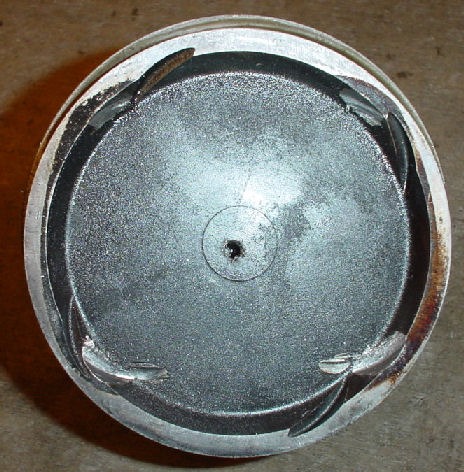
Here’s where you really need to be careful, and more importantly, you really be responsible and stay off the boost unless you want a new motor. When your car is not running right, what is your knee-jerk reaction? Revving it higher. If you are hitting boost or fuel cut, do not continue to try and get into boost hoping that the problem goes away. Every time you get into boost and you’re hitting fuel cut, your EGT (exhaust gas) temps in your cylinders are rapidly increasing. This is when you start melting things.
STARTING FROM THE BASICS
AEM 340 LPH High Flow Fuel Pump E85 Compatible
With early signs of fuel cut, one of the main reasons is that your OEM fuel pump is not pumping out the volume needed to feed the injectors under boost. Because of these reasons, the first fuel upgrade you should perform is a higher flowing fuel pump. Now back in the day, we relied on the Walbro 255 LPH fuel pumps which are still great, but now, technology has advanced and there are many great options to supplement your engine with plenty of fuel flow.
The AEM 340 LPH (liters per hour) is powerful enough to maintain a higher volume of fuel to your injectors, and it is E85 compatible to sustain the extra duty cycle it takes to push E85, or supplement the fuel needed for larger injectors.
INJECTORS – WHEN DO YOU NEED BIGGER? HOW BIG?
DeatschWerks 1200cc Fuel Injectors w/Top Feed Fuel Line 2002-2014 WRX / 2007-2021 STI
With fuel injectors, there are a few angles to look at. Can you get too big of an injector? Yes, you could. For example, you don’t want to run a 2000cc injector on a stock motor stock turbo car. The other thing to consider is your overall tune. Now the COBB Accessport has off-the-shelf downloadable MAPS that will work with the injectors in your Subaru, but you need to think about how much power you plan on making whether it be through a built and forged motor with a larger turbo, or if you want to keep things sensible around 350 wheel. If you’re keeping your power level below 450 wheel, the a 1000-1300cc injector should suffice. If you are planning on running more horsepower, you will know to have bigger injectors, along with larger lines and the rest of the required fuel mods to make that happen which we will discuss further down.
The limit for a stock EJ25 is just under 450 at a gamble. 350 is plenty for the street or the track. And of course, if you have a built motor with a rotated turbo kit, then you are aware about injector size you will need to reach your goals. For a fast yet reliable street car, keep your boost levels responsible, but have an injector strong enough to flow E85.
E85 IS CHEAPER THAN RACE GAS, BUT NOT WITHOUT A CATCH
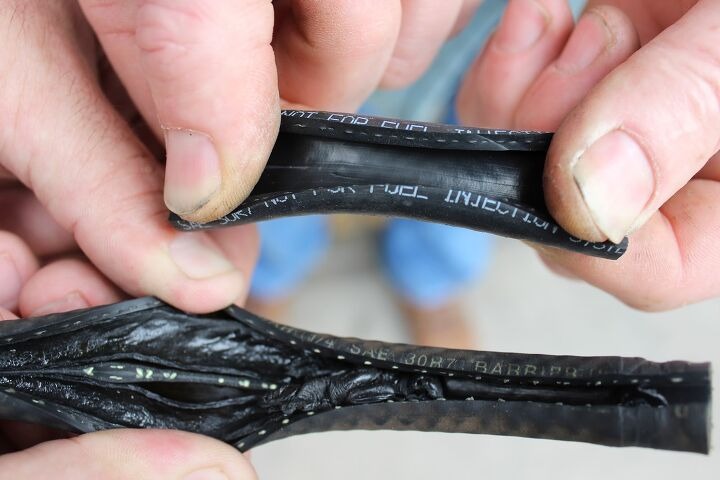
Ethanol is pretty much the common race gas for most of us. Mainly because it’s on par with pump gas prices as race gas prices are around $15 per gallon. However, running E85 must be done responsibly, otherwise it will cost you thousands of dollars in maintenance repairs resulting in replacing essentially your entire fuel system. So, if your Subaru’s engine is untouched with upgrades, then do it right the first time. How does E85 cause damage? It is highly, highly corrosive. It eats and degrades rubber very quickly, and it can corrode metal components and injectors if they are not E85 safe.
That is why in many component descriptions concerning fuel upgrades, they will usually say that it is compatible with E85. Your fuel pump, your fuel lines, fuel filter, your injectors, all of your fittings, and your fuel pressure regulator MUST be ethanol compatible. Otherwise E85 will break apart rubber, certain plastics, or metal coatings, and your fuel filter socks will clog. Your fuel lines will leak, and your injector will be dirty to the point to where they will need to be sent off, taken apart, and cleaned thoroughly.
The good news is that the majority of modern fuel system upgrades are ethanol compatible. But you need to make sure, double check, and triple check that your components are ethanol safe because many fuel lines on the market are not E-85 friendly.
CPE vs PTFE
IAG Performance PTFE Fuel Line Kit for COBB Flex Fuel Sensor
CPE fuel hose features a nylon or rubber interior wall that is traditionally encased with a stainless-steel braded tubing. This is your traditional aftermarket fuel line that is used for many types of gasolines in traditional race cars. It can be used with other fluids such as oil, transmission, power steering, etc. But for ethanol, you must use PTFE. PTFE will be less corrosive between different fuels. PTFE has a Teflon interior wall that is also covered with braided stainless steel. If you are building a fuel system, make sure you buy fuel line that is made with PTFE to be corrosion resistant especially if you employ ethanol for longer periods of time.
FUEL PRESSURE REGULATOR
Tomei Type S Fuel Pressure Regulator Universal
When you have an upgraded fuel system, you need to regulate the static fuel pressure, otherwise you can run too rich at idle. With an aftermarket fuel system that has upgraded pump (or pumps), larger fuel lines, and larger injectors, you need to have a regulated static fuel pressure. On average, most built fuel systems will have their static fuel pressure set to 43 psi. Having too much fuel delivery at idle means that you’re dumping too much fuel into the cylinders, causing a rich situation where you’ll foul out your spark plugs, and it can also cause a tuning issue. If you need to turn your fuel pressure up higher, this means that you are stretching the limits of your fuel pump, or injectors.
FUEL RAILS
Torque Solution V2 Top Feed Fuel Rails 02-14 WRX / 07-20 STI
Whether if you are converting your side feeds, or if you’re running upgraded injectors, upgrading your fuel rails at the same time is a great way to further increase your fuel efficiency. The inner bore features a larger diameter to accommodate the flow, and for Subarus, it also helps with making your fuel system parallel for equal fuel delivery to both banks of your heads.
FAILSAFES
There are a few extra measures that you can take to make sure your fuel system is running at 100%. This means that your static fuel pressure is correct, and more importantly, that your AFRs are in the strike zone under boost. A fuel pressure gauge on your regulator, or as a standalone unit in your interior can be used as a tool especially if you see a drop in fuel pressure. This is an indicator that your fuel pump can be weak, your fuel pump sock could be clogged. You may have debris in your fuel lines, or you might have a weak injector.
Additionally, always have a Wideband O2 gauge installed in your Subaru especially if you have mods done including fuel upgrades:
AEM UEGO X-Series Wideband O2 Gauge
A wideband O2 gauge will tell you where your air/fuel ratios are at with a displayed ratio. The lower the ratio, the richer your car runs. The higher the ratio, the leaner your car will run. You need to keep an eye on two main areas which is idle, and boost. You want a ratio of 14.0-15.0 for idle, and boost should be a tad on the rich side from 10.8 all the way to 11.8. Anything below those ratios indicates that the car is running rich. Anything above 11.8 means that you need to back off the throttle, turn the boost down, or add more fuel through tuning.
FLEX FUEL
COBB Tuning NexGen Flex Fuel Ethanol Sensor Kit
With a built fuel system, Flex Fuel is such a luxury to have in any modded vehicle. For Subarus, and with help with COBB Tuning, they now offer a Flex Fuel Sensor that can be monitored and ran using their Accessport.
What’s nice about flex fuel, is that it measures the amount of ethanol that is in your tank. E85 never really means E85. Most gas stations that sell ethanol are rated between 69 to 75% ethanol. The flex fuel sensor measures the amount of ethanol in your tank which sends data to your ECU so that the ECU will recalibrate the boost and fuel tables for you. This means that you don’t have to completely drain your tank of pump gas, or run it empty before getting E85 or vice versa, the sensor will recalibrate the lune so that you can boost safely.
More importantly because ethanol is highly corrosive, you can fill up with pump gas once a month to flush out your fuel system.
